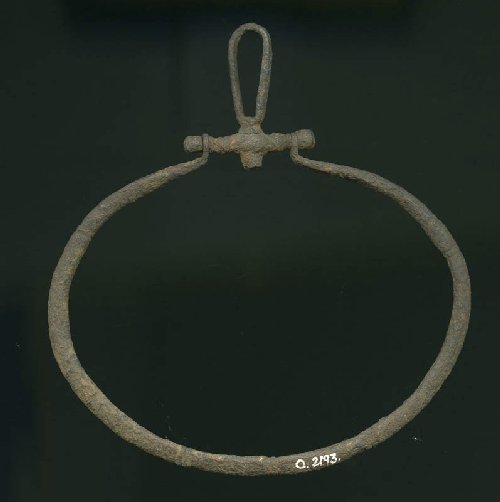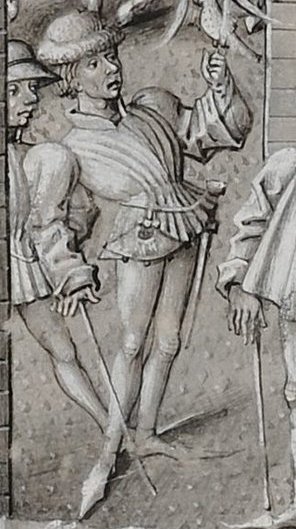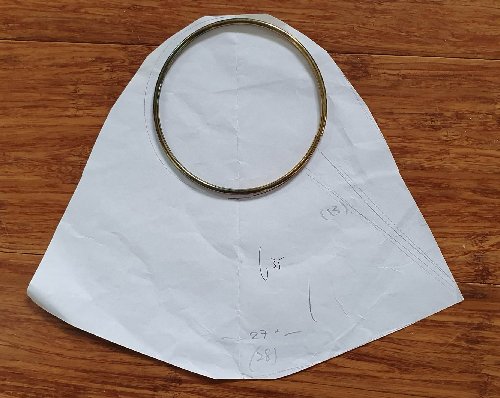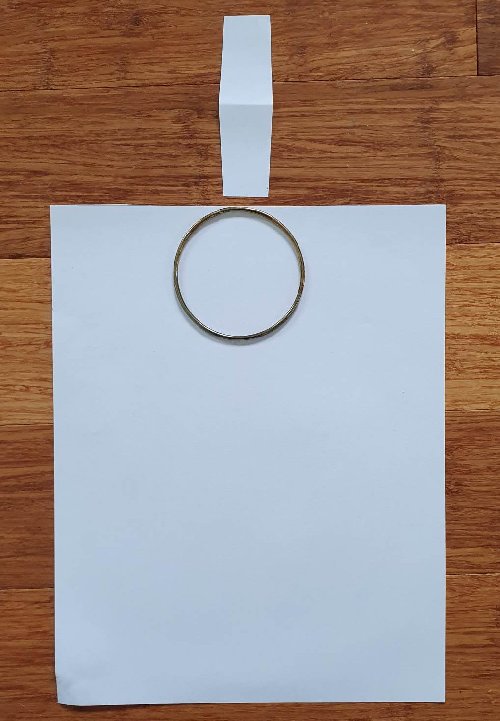A simple interpretation of a man’s ring purse from the 1470s.
I made this purse for Jan, my apprentice at the time, to go with the late 15th century Burgundian outfit he was building. I also made him a pair of shoes to complete the look.

Research & Design
Variations on this style have been around since the early 14th century (for example, in the Manessa Codex), starting with a simple ring frame, and becoming more elaborate over time. By the mid 15th century, these frames were hung from an integral turnbuckle, such as the example below from the Museum of London.
Some examples in art show ring purses that are open at the top, such as the miniature by Tavenier – a feature often seen in versions used to hold workmen’s tools. Others show the purse fabric gathered above the ring with drawstrings, or with a separate lid (on its own frame).

Source: Museum of London


In the days before the international online marketplace was a thing, I had no way to buy or make a frame with turnbuckle, so a simple ring frame was the most practical way to make the purse.
Construction
I had discovered from some earlier experiments that a simple rectangle gathered onto a ring and held flat naturally forms the angled sides and arc base typical of this purse style – so often, the simplest solution is the best!
My local craft store stocked metal rings in several sizes, so I bought a few and checked which Jan could get his hand into (important in a purse). I put the ring onto paper and sketched out the proportions, then did some trials using scrap fabric. The final version was a little larger than my sketch.


I cut the bag and handle pieces from some pigskin I had left over from another project and dyed them red with commericial leather dye. I sewed the sides together using waxed linen thread, then turned the bag the right side out. I folded the top over the ring to check seam allowance, then marked this.
Some open examples showed a different colour inside, so I made a lining in black linen. This made a nice contrast to the red and might also reduce wear on the leather stitches.
My earlier experiments showed that a simple gathering stitch worked well to secure the leather to the ring and gather the excess. I used heavy waxed thread to sew through both layers of leather, capturing the linen in between. Finally, I sewed on the simple handle, using saddlestitch through the same holes.


Jan was pleased with the purse and it served him well for many years. Once he decided to stop historical re-enactment, he gave it back to me to keep as a memento.

